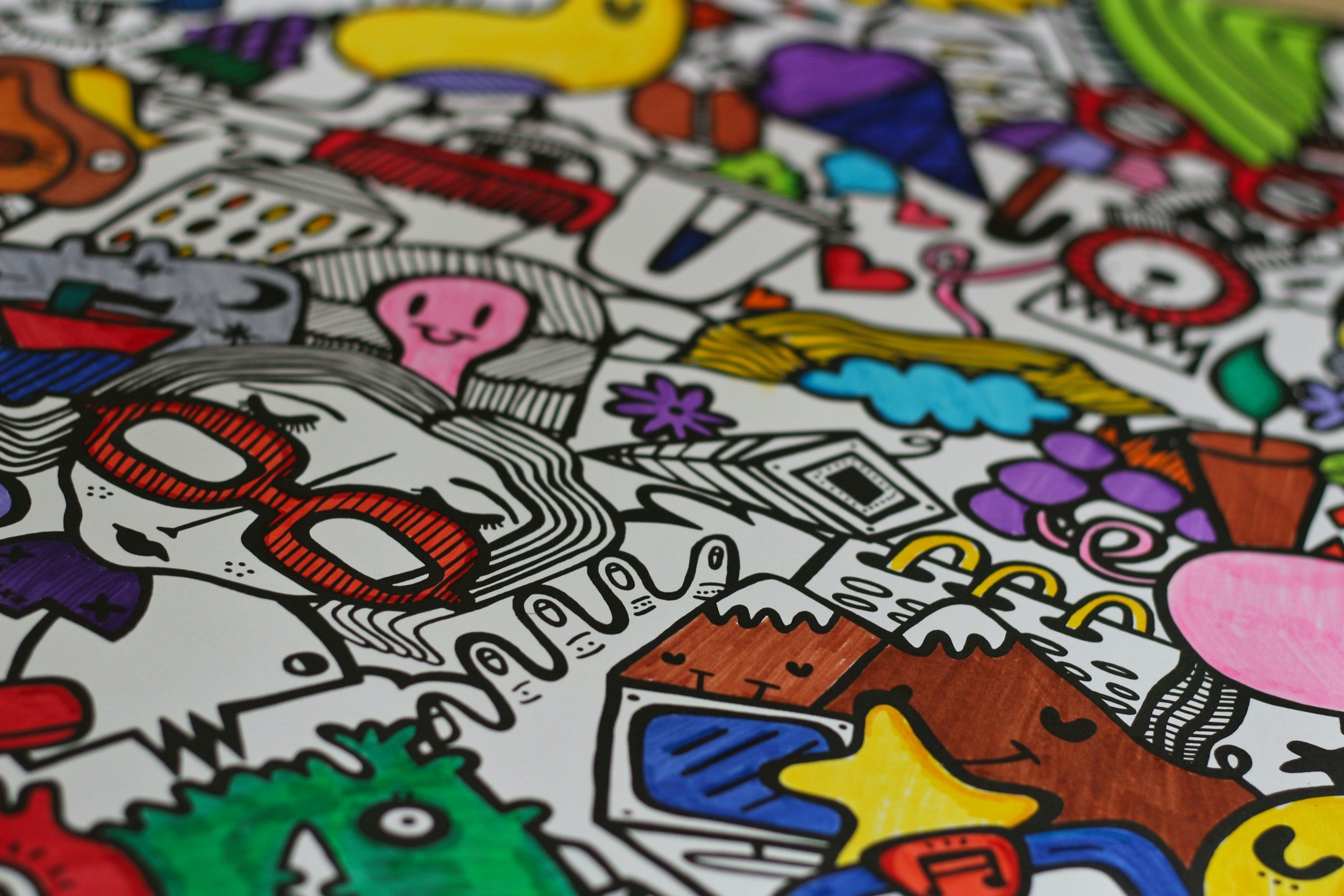Spatial Intelligence: For the Kids Who Think in Pictures
you know that student who doodles in the margins of every worksheet? The one who can solve a puzzle faster than they can read the instructions, or who builds elaborate structures out of anything within reach?
That’s your spatial intelligence learner, the kid whose brain works in images, patterns, and visual structures rather than words or numbers. These students are often the artists, designers, engineers, and navigators of the future, assuming they don’t spend the whole lesson mentally redesigning your classroom layout instead of listening to your lecture.
What is Spatial Intelligence?
Spatial intelligence, also called visual-spatial intelligence, is the ability to think in pictures, visualize concepts, and understand spatial relationships. People strong in this intelligence excel at:
Reading maps, diagrams, and charts
Visualizing objects in three dimensions
Understanding spatial relationships (e.g., “If I rotate this shape, what will it look like?”)
Art, design, and architecture
Navigating without GPS (a rare and powerful skill these days)
These are the kids who struggle with step-by-step verbal directions but can assemble IKEA furniture with no problem just by looking at the pictures.
Signs You Have a Spatial Learner in Your Classroom
They doodle constantly, sometimes instead of taking notes or doing their work
They understand maps and diagrams better than written explanations
They love puzzles, mazes, and building things with LEGOs, blocks, or anything they can get their hands on
They remember things visually (“I don’t know the page number, but I remember it was on the left side with a blue diagram”)
They get lost in words but thrive with pictures
Teaching Strategies for Spatial Learners
If their brains work in pictures, teach them in pictures! Here’s how to engage spatial learners:
Use visual aids for everything
Diagrams, charts, and infographics are always preferable to text-heavy explanations, videos and animations illustrating concepts, color-coded notes and mind maps help organize information and sketch-noting or drawing out key ideas instead of writing them are all useful tools. If they can see it, they’ll understand it.
Encourage drawing and visual expression
Some students process ideas better through art than words, so let them illustrate vocabulary words instead of just defining them, have them draw story maps or comic strips instead of writing summaries and use timeline sketches in history instead of just dates and names. Even in math, let them draw out problems, they’ll understand geometry and fractions way faster that way.
Incorporate hands-on building and modeling
Spatial learners are 3D thinkers, so let them work in 3D by using manipulatives for math (like blocks, pattern tiles and 3D models). Let them build dioramas or models for science and history and encourage Minecraft, CAD programs, or digital design tools for projects. If they can touch it and manipulate it, they’ll retain it much better.
Use maps and graphic organizers
Spatial learners need structure, but in a visual way, so focus on mind maps for brainstorming, flowcharts for cause-effect relationships, story maps for reading comprehension and concept webs for organizing information. These tools give them a visual anchor for their learning.
Let them present visually
Instead of always requiring written reports, try infographics, slide presentations, illustrated posters and storyboards and comics. A spatial learner might struggle with a five-paragraph essay, but give them a chance to explain an idea through visuals, and they’ll blow you away.
What if They Struggle in Other Areas?
While spatial learners excel at visual processing, they might struggle with:
Listening to long verbal explanations (they tune out fast)
Memorizing text-heavy information (without visuals to support it)
Explaining things in words (“I know what it looks like, I just can’t explain it”).
How to support them:
Let them draw or diagram their thinking
Give them visual study guides instead of plain text
Use storytelling and imagery to make text more engaging
Final Thoughts
Spatial learners see the world in pictures, patterns, and blueprints, they don’t just memorize information, they visualize it. These students might be your future architects, engineers, graphic designers, animators, or even surgeons (because spatial awareness is crucial in high-stakes fields too!)
So if you see a student doodling in class, don’t assume they’re zoning out, they might just be processing information in a way that makes sense to them. And if they ever ask you, “Can I just show you what I mean?” Let them!
Tomorrow, we’ll hug it out with interpersonal intelligence, because some kids were born to lead the group project and some just love knowing everyone’s business!


